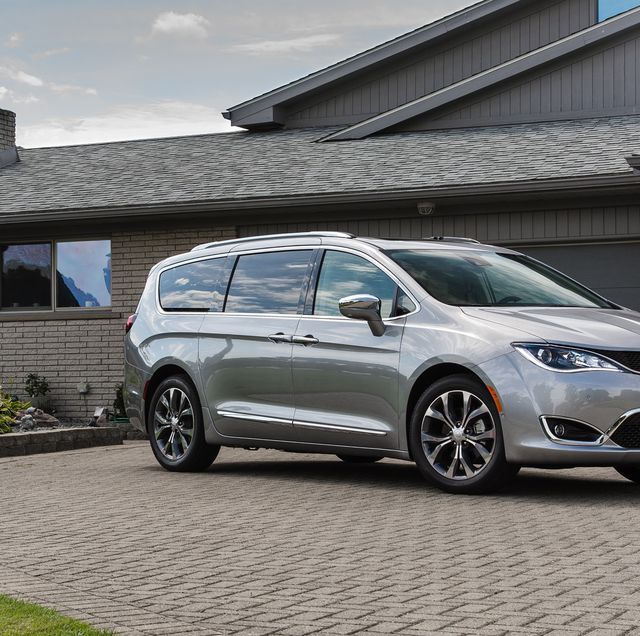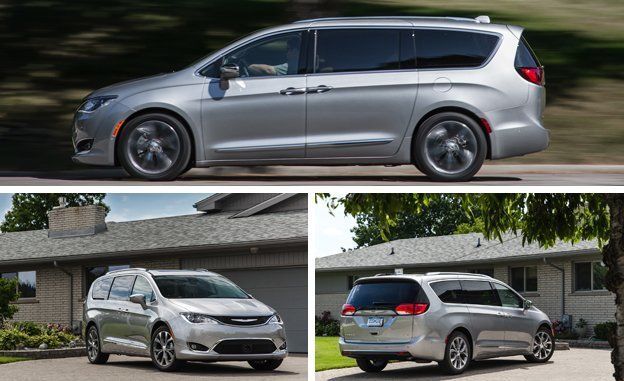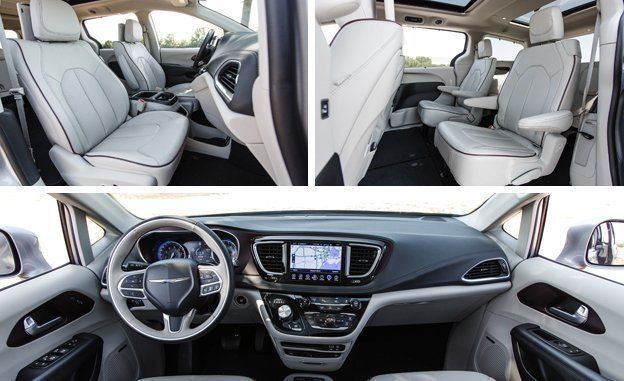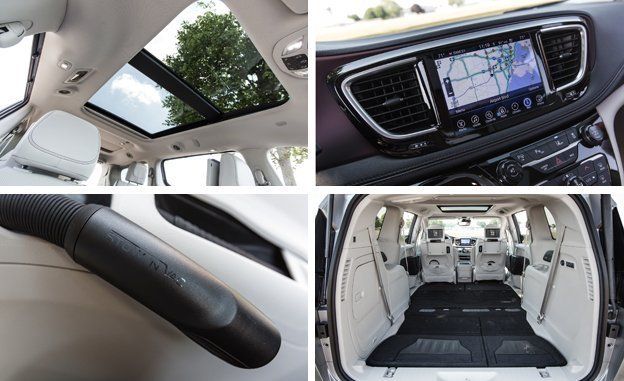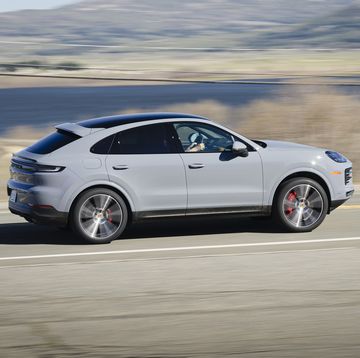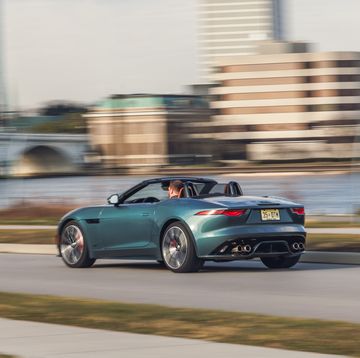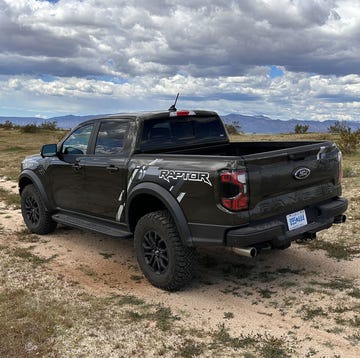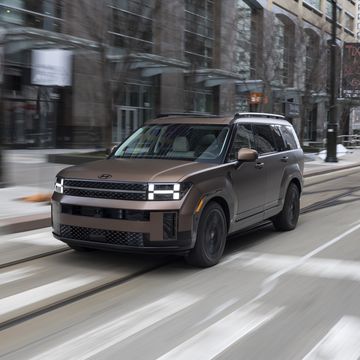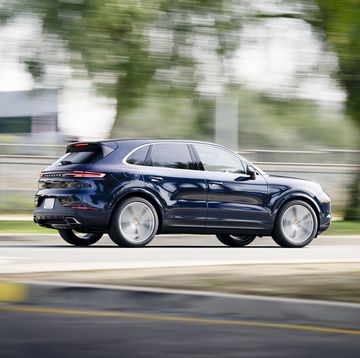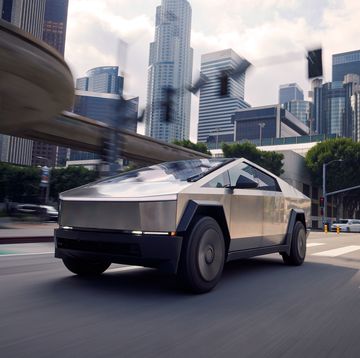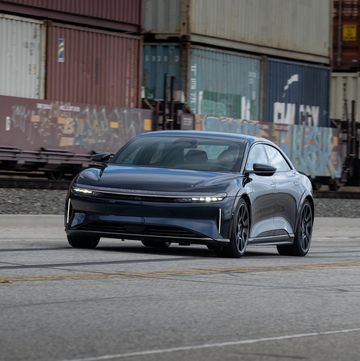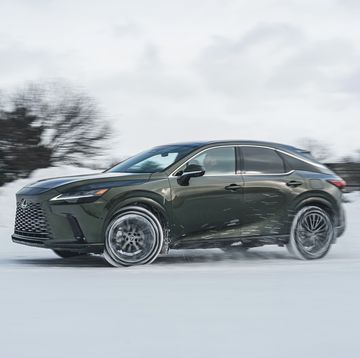Chrysler likes to take credit for introducing the minivan, way back in 1984. It was an overnight success, competition soon followed, and a generation of millennials grew up spilling Cheerios and sippy cups all over the spacious interiors of minivans.
But as minivans fell out of fashion in favor of SUVs, sales began a long and steady slide—from the 2000 peak, when a total of more than a million minivans were sold, to about half that number today. Still, 500,000 sales is nothing to sneeze at, which is where the new Chrysler Pacifica comes in.
Minivan Mojo
With the launch of the Pacifica, Chrysler is looking to regain the magic it lost in the face of a shrinking market and stiffer competition—most notably the Honda Odyssey and the Toyota Sienna. Chrysler may have created the minivan category, but recent examples of the Town & Country and the Dodge Grand Caravan have been nothing to write home to Mother about—or to take her to the neighborhood yard sale in to load up some new finds.
In creating the Pacifica, Chrysler chucked pretty much everything about its old minivans, including the names. The brand’s marketers would just as soon you didn’t associate this brand-new single model with a Town & Country or a Grand Caravan, and that’s probably wise. Those Cheerio-dropping millennials have grown up and changed their dietary habits, but they have long memories. Those feeling nostalgic or shopping on a budget can still pick up a Dodge Grand Caravan, at least for a while, but the T&C is gone.
That said, the Pacifica is solid evidence that Chrysler is back in the minivan game. It’s not just better in every respect than the models it replaces; it’s ready to slug it out against the best of the competition. It’s also packed with all the connectivity, power outlets, cupholders, storage bins, and clever doodads that minivan owners love. Those include almost 40 claimed category firsts, including optional foot-operated power sliding doors, heated second-row seats, two 10-inch touchscreens mounted on the backs of the front seatbacks, and new safety features such as a 360-degree camera and adaptive cruise control.
A Shapelier Box
A minivan may be a box, but the Pacifica is undeniably a good-looking box. Wider and with a more aggressive stance than the Town & Country, it presents a crisp, sleek profile and is arguably the best-looking minivan on the market. As before, the sliding-door tracks are tucked away under the rear windows, further smoothing the look. And its shape also makes the Pacifica the most aerodynamic minivan, according to Chrysler, which improves fuel economy. It lets the Odyssey contend for best-in-class highway mileage at 28 mpg, and the Pacifica does that with 39 more ponies. The Pacifica overachieved its highway rating with an impressive 31 mpg on our real-world highway fuel-economy test, performed at a steady 75 mph.
The 3.6-liter Pentastar V-6 is about the only piece of the Pacifica that is not new, but it has been tweaked for greater power and fuel economy. Good for 287 horsepower and paired with a nine-speed automatic transmission, it delivered a 7.3-second zero-to-60-mph time—quicker by a few tenths than either the Odyssey or the Sienna. The powertrain provides plenty of punch for merging or passing maneuvers, although we did notice some occasional stumbles from the nine-speed automatic. The engine is largely unobtrusive, if slightly more gruff-sounding when pushed than the Honda and Toyota V-6s.
A plug-in-hybrid version is promised later this year. It will pair the V-6 with an electric motor, fed by batteries tucked into the compartments that are reserved for folding second-row seats in gasoline-powered versions. Chrysler claims the hybrid will be able to travel up to 30 miles on electric power alone before the V-6 kicks in and will deliver 80 MPGe in the city.
On the Move
“Fun to drive” and “minivan” are words not usually uttered in the same breath, but the Pacifica is easy to maneuver and responds quickly to steering inputs. It rides well—especially impressive because our top-of-the-line Limited test car wore 20-inch tires—and is well damped to soak up most bumps without feeling overly soft.
Most minivan buyers are more interested in storage cubbies than cornering limits. Accordingly, the Pacifica excels in utility and overall minivan goodness. The standard Stow ’n Go seats have been improved and are now larger and more comfortable, making them almost as good for going as they are for stowing. Kids are unlikely to complain, especially if they’re occupied with the optional individual screens built into the rear of the front seats that let them choose movies, preloaded games, or the electronic gadgetry of their choice plugged into the HDMI and USB ports. Yet adults might find that the rear seats are on the narrow side and lacking in support and comfort for the long haul. You still have to move the front seats far forward to tuck away the Stow ’n Go seats, but a new one-touch switch on the B-pillar eased the process on our Limited test vehicle, powering the front seats forward and out of the way; a second press moves them back where they started. This van also had a power-operated third row, which folds the seats into the floor, then back up again, at the touch of a button.
A built-in vacuum cleaner is standard on Limited models; buyers of lesser trims will have to make do with a Shop-Vac. And that might be just as well, because while no spare tire is standard on any Pacifica, an inflatable spare is a $295 option on lesser trims. Run-flat tires are not available. Limited buyers can opt for a spare instead of the vacuum.
Visibility is good all around, and large windows contribute to an airy feel. Limited models have a triple-panel sunroof, which opens things up nicely. Cubbies, storage bins, and power outlets abound, although the center-console bin is not as large as those in some competitors. Controls are clearly labeled and simple to use, and Chrysler’s optional Uconnect infotainment system remains one of our favorites, with knobs and buttons for audio controls and easy and intuitive screen menus. There are plenty of USB ports and power outlets to go around, and the interior is generally pleasant. Fit, finish, and materials are several cuts above the Town & Country or Grand Caravan, but some plastic pieces continue to look and feel cheap to the touch, and our test example included some loose trim bits.
With the arrival of the Pacifica, buyers have another good choice in the minivan category. It really becomes more a question of your own priorities and whether you and yours are more interested in being connected electronically or with the road. Between Uconnect and the rear-seat entertainment options, the Pacifica has the former pretty much nailed. If you’re more concerned with driving dynamics, the Honda Odyssey might be a better choice. For overall powertrain refinement, Toyota still excels, even though the Sienna, more than the Odyssey, shows its age. And both the Odyssey and the Sienna offer more comfort for adult occupants in the second and third rows.
New Odyssey and Sienna models are due soon, which could change the game once again. But given Honda’s increasingly annoying infotainment systems and controls, that could go either way.
For now, the Pacifica may give up a little something to the Odyssey and Sienna in some areas. But it’s close. And in this category, all those USB ports, entertainment options, and storage solutions are just about as important as anything.
